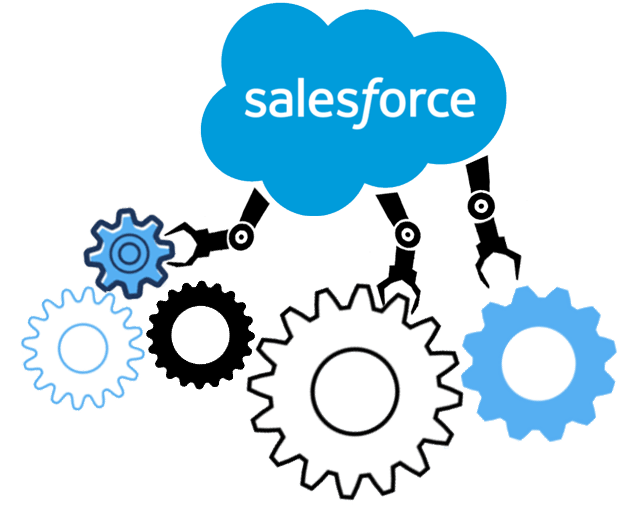Salesforce is a popular CRM platform that helps businesses manages their customer relationships.
If you’re considering migrating to Salesforce, there are 15 things you should keep in mind to ensure a successful transition.
- Make sure you have a clear understanding of your current data and processes. This will help you determine what needs to be migrated over to Salesforce and how best to do it.
- Take the time to thoroughly plan your migration. This will help avoid any disruptions during the process and ensure a smooth transition.
- Be prepared to invest in proper training for your team. A successful Salesforce migration requires everyone to be on board and understand how to use the platform effectively.
- Have a solid support plan in place. Things will inevitably go wrong during a migration, so it’s important to have a team in place that can help resolve any issues that arise.
- Make sure your data is clean and organized before migrating. This will make the process much easier and help avoid any errors.
- Use a tool to automate as much of the process as possible. This will save you time and effort in the long run.
- Be prepared to test, test, and test again. A successful migration requires thorough testing at every stage to ensure everything is working as it should be.
- Have a rollback plan in place in case something goes wrong. This will help you avoid any major disruptions and get back on track quickly.
- Be patient. A successful migration takes time and cannot be rushed.
- Be flexible. Things will undoubtedly change during the course of a migration, so it’s important to be able to adapt as needed.
- Communicate with your team regularly. This will help everyone stay on the same page and avoid any misunderstandings.
- Document everything. This will be invaluable if something goes wrong and you need to troubleshoot the issue.
- Stay calm. A migration can be a stressful process, but it’s important to keep a level head and focus on the goal.
- Celebrate your successes along the way. A successful migration is a major accomplishment, so take the time to celebrate each milestone.
- Learn from your mistakes. Things will inevitably go wrong during a migration, but it’s important to learn from these experiences and use them to improve future migrations.
FAQs:
1. What is a Salesforce migration?
A Salesforce migration is the process of moving data and applications from one environment to another. This can be done for a variety of reasons, such as upgrading to a new version of Salesforce or moving to a different server.
2. Why migrate to Salesforce?
There are many reasons why you might want to migrate to Salesforce. Some common reasons include wanting to take advantage of new features, needing more scalability, or wanting to improve performance.
3. How long does a Salesforce migration take?
The length of a Salesforce migration depends on a number of factors, such as the size and complexity of your data. However, most migrations can be completed within a few weeks.
4. What are some common challenges with Salesforce migrations?
Some common challenges with Salesforce migrations include data loss, data corruption, and performance issues. Additionally, it can be difficult to migrate complex data structures or applications.
5. How can I avoid these challenges?
There are a number of things you can do to avoid challenges during a Salesforce migration. These include thoroughly planning your migration, investing in proper training for your team, and having a solid support plan in place. Additionally, it’s important to use a tool to automate as much of the process as possible and to thoroughly test your data before migrating.
Conclusion:
Migrating to Salesforce can be a complex and challenging process, but there are a number of things you can do to make it go more smoothly. These include thoroughly planning your migration, investing in proper training for your team, and having a solid support plan in place. Additionally, it’s important to use a tool to automate as much of the process as possible and to thoroughly test your data before migrating. By following these tips, you can help ensure a successful Salesforce migration.
